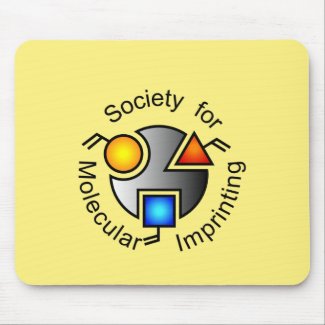
Authors: Suspène C, Brandès S, Guilard R
Article Title: Reversible Coordination of Dioxygen by Tripodal Tetraamine Copper Complexes Incorporated in a Porous Silica Framework.
Publication date: 2010
Journal: Chemistry - A European Journal
Volume: 16
Issue: (21)
Page numbers: 6352-6364.
DOI: 10.1002/chem.200903148
Abstract: The present study reports the synthesis and rational design of porous structured materials by using a templating method. A tetraethoxysilylated tripodal tetraamine (TREN) was covalently incorporated in a silica framework with a double imprint: A surfactant template and a metal ion imprint. The presence of a cationic surfactant (CTAB) endowed the material with a high porosity, and the tripodal or square-pyramidal topology of the ligand was preserved thanks to the use of the silylated CuII complex. After removal of the surfactant and de-metalation, the incorporated tetraamine was quantitatively complexed by CuCl2 and the material has shown after thermal activation that a reversible binding of O2 on the metal ions occurred. This chemisorption process was monitored by UV/Vis and EPR spectroscopies, and the Cu:O2 adduct was postulated to be an end-on mu-eta1:eta1-peroxodicopper(II) complex bridged by a chloride ion. The CuI-active species, formed during the activation step, were fully recovered during several O2 binding cycles. The high reactivity of the copper complexes and the room-temperature stability of the dioxygen adduct were explained by the fine adaptability of the tripodal ligand to different geometries, the confinement of the active sites in the hybrid silica that protect them from degradation by a control of the metal-ion microenvironment, as well as the short-range lamellar order of the copper complexes in the framework
Author keywords: copper, dioxygen binding, N ligands, organic-inorganic hybrid composites, porous materials



Join the Society for Molecular Imprinting

New items RSS feed
Sign-up for e-mail updates:
Choose between receiving an occasional newsletter or more frequent e-mail alerts.
Click here to go to the sign-up page.
Is your name elemental or peptidic? Enter your name and find out by clicking either of the buttons below!
Other products you may like:
 MIPdatabase
MIPdatabase









